p53
The p53 tumor suppressor is a 53 kDa nuclear phosphoprotein of 393 amino acids that is encoded by the TP53 gene (20 kb with 11 exons and 10 introns) and characterized by the presence of several structural and functional domains, including a N-terminus, a central core domain, a C-terminal region, a strongly basic carboxyl-terminal regulatory domain, a nuclear localization signal sequence and three nuclear export signal sequence. The p53 is considered as a major “guardian of genome” for its activities in a wide range of cellular events, including cell-cycle regulation, induction of apoptosis, gene amplification, DNA recombination, chromosomal segregation and cellular senescence.
-
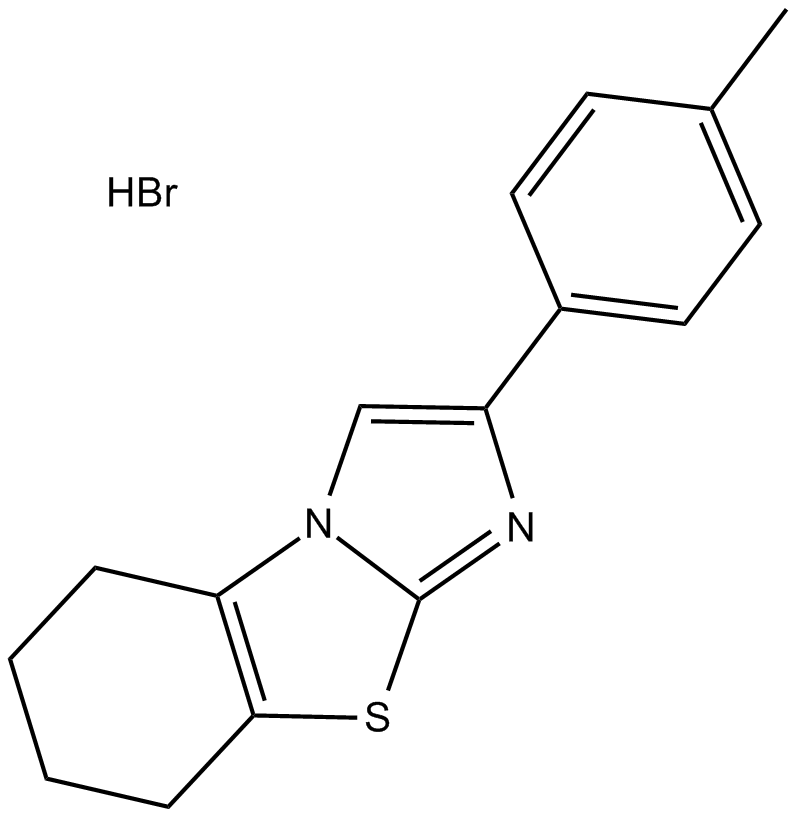 A4477 Cyclic Pifithrin-α hydrobromideSummary: P53 inhibitor
A4477 Cyclic Pifithrin-α hydrobromideSummary: P53 inhibitor -
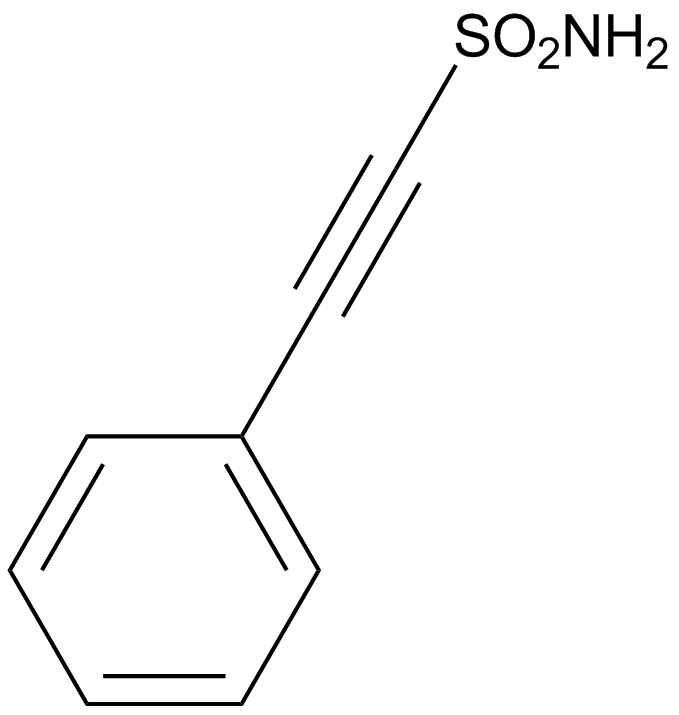 A4482 Pifithrin-μ1 CitationTarget: Autophagy|p53|HSP70Summary: Inhibitor of p53 binding and anti-apoptotic
A4482 Pifithrin-μ1 CitationTarget: Autophagy|p53|HSP70Summary: Inhibitor of p53 binding and anti-apoptotic -
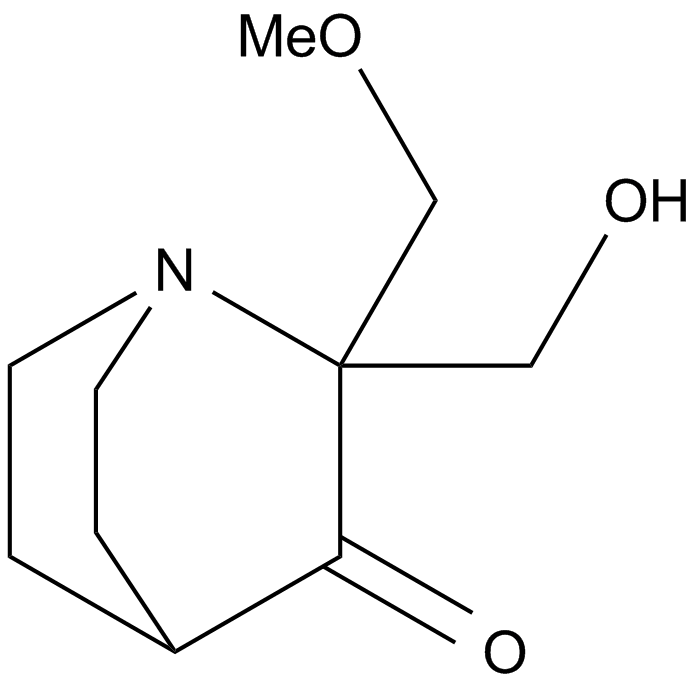 A4484 PRIMA-1METSummary: Restore mutant p53 activity, induce BAX and PUMA
A4484 PRIMA-1METSummary: Restore mutant p53 activity, induce BAX and PUMA -
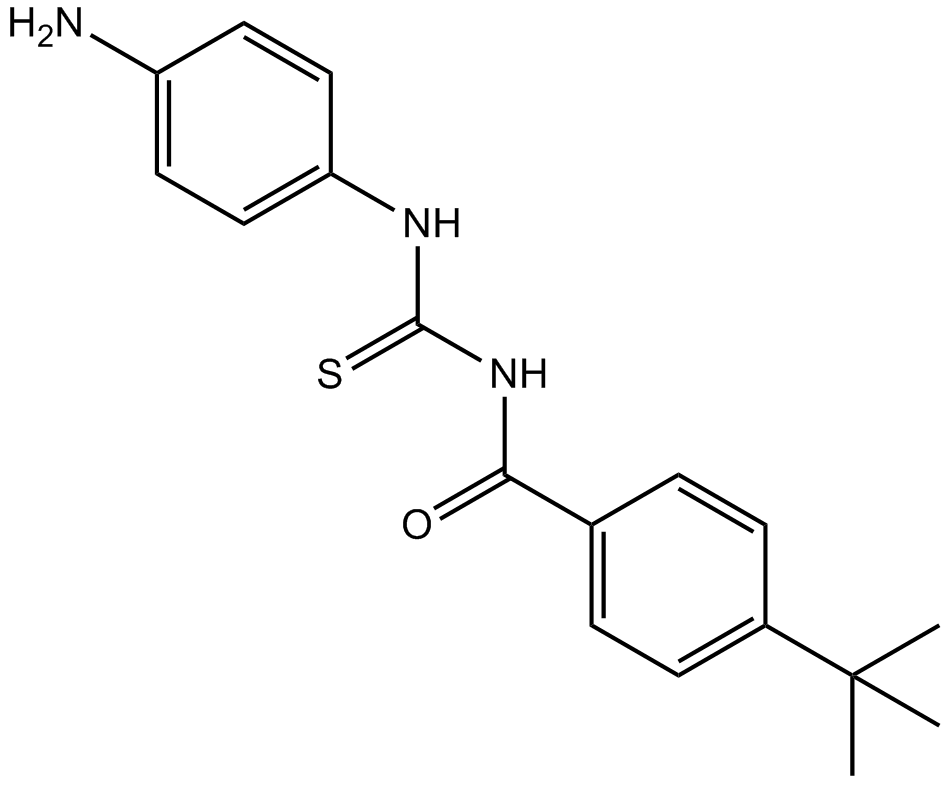 A8567 Tenovin-3Summary: p53 activator
A8567 Tenovin-3Summary: p53 activator -
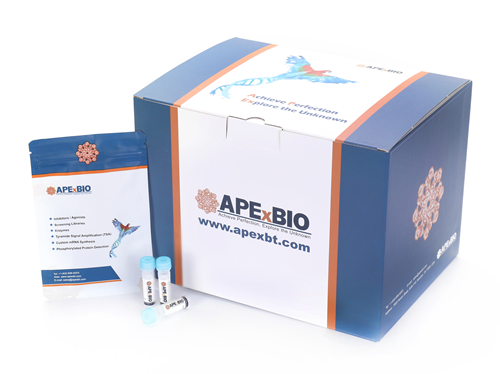 A9903 p53/MDM2 Set ISummary: For inhibiting MDM2-p53 interaction
A9903 p53/MDM2 Set ISummary: For inhibiting MDM2-p53 interaction -
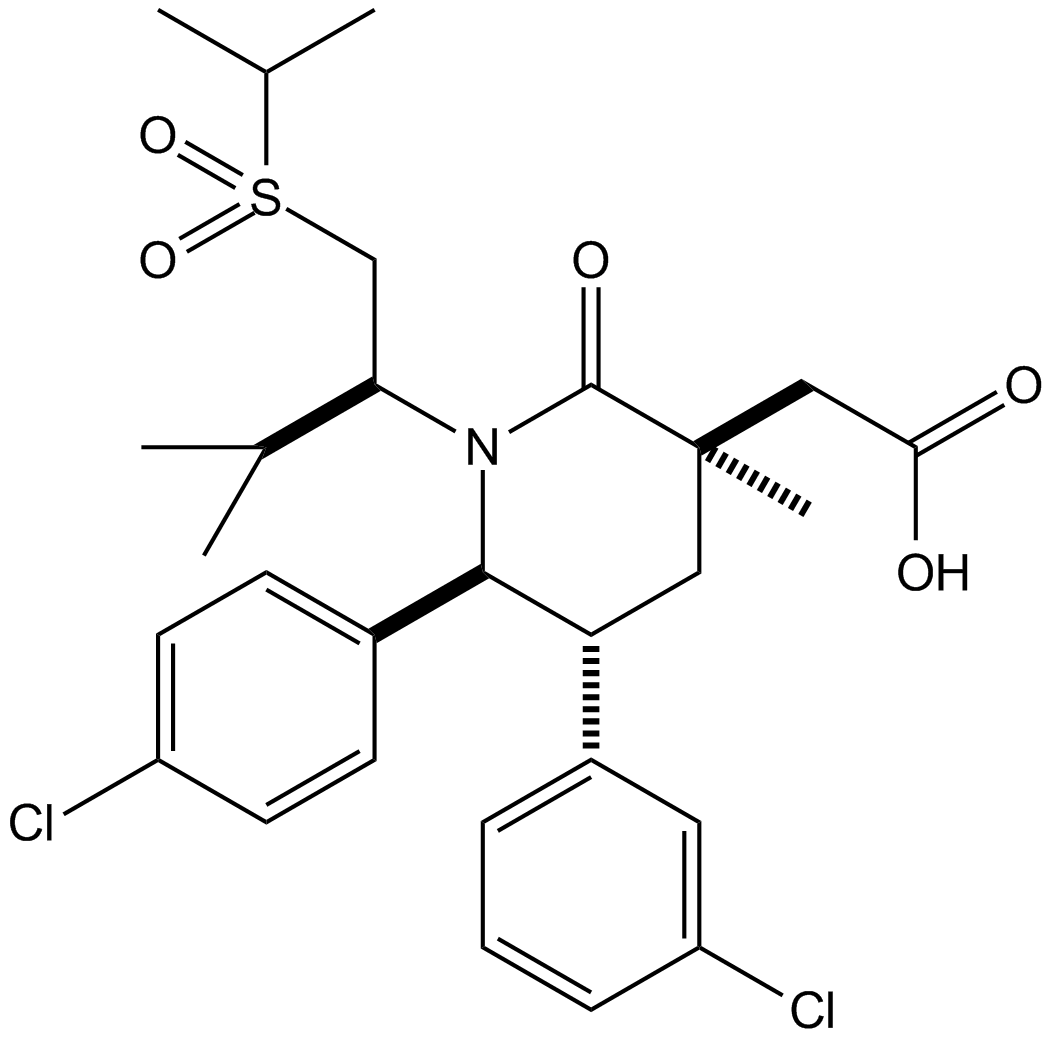 A8804 AMG2322 CitationTarget: p53-MDM2 interactionSummary: p53-MDM2 inhibitor, novel
A8804 AMG2322 CitationTarget: p53-MDM2 interactionSummary: p53-MDM2 inhibitor, novel -
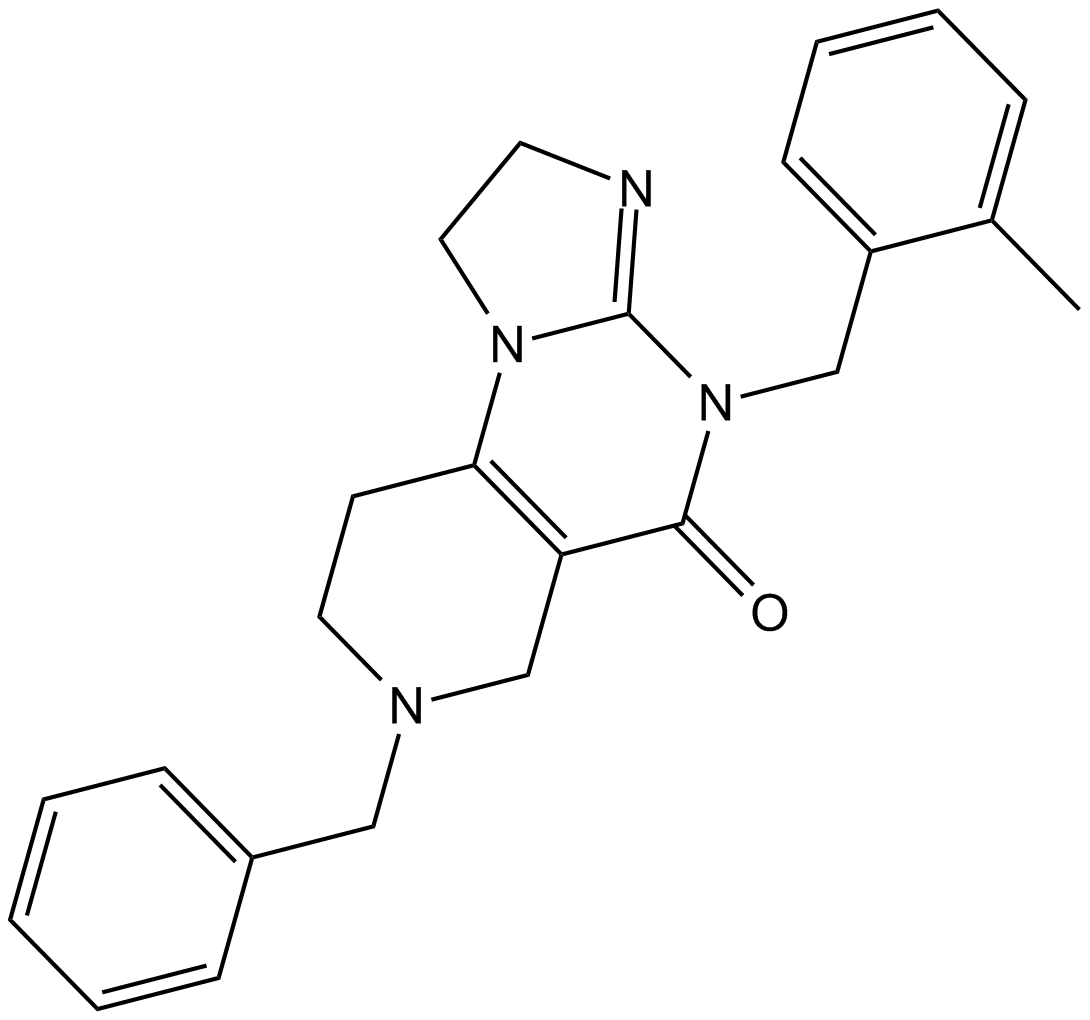 A8724 ONC201Summary: activates p53-independent apoptosis
A8724 ONC201Summary: activates p53-independent apoptosis -
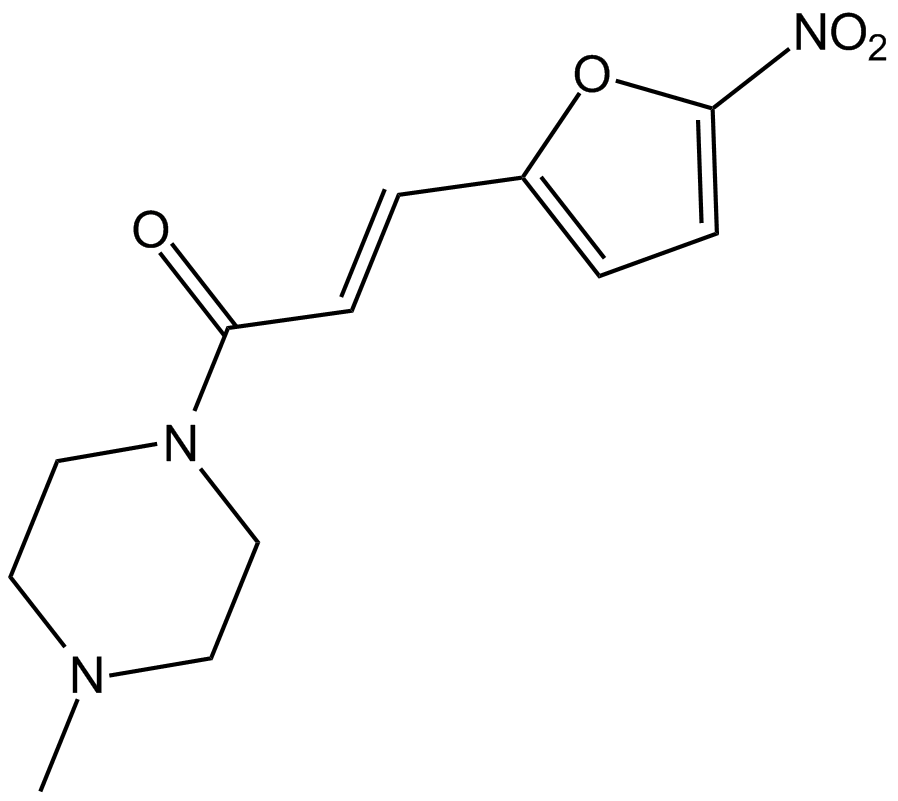 B6045 NSC59984Summary: Restores the p53 signaling pathway
B6045 NSC59984Summary: Restores the p53 signaling pathway -
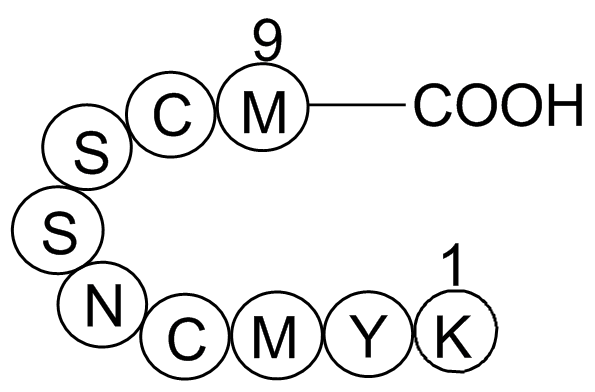 A1083 p53 tumor suppressor fragmentSummary: Regulates cell cycle
A1083 p53 tumor suppressor fragmentSummary: Regulates cell cycle -
![tumor protein p53 binding protein fragment [Homo sapiens]/[Mus musculus]](/pub/media/prod_images/a/1/a1094.png) A1094 tumor protein p53 binding protein fragment [Homo sapiens]/[Mus musculus]Summary: P53 binding protein fragment
A1094 tumor protein p53 binding protein fragment [Homo sapiens]/[Mus musculus]Summary: P53 binding protein fragment

